Seeds

Canary Grass Seed
Canary grass seed originates from the Canary Islands and is cultivated for its seeds to be used in bird feed. It belongs to the grass family and is the main component of bird seed mixes, primarily for Canaries but not limited to them. It is rich in carbohydrates, proteins, vitamins B1, and E. The size can vary depending on its country of origin.
Origin: Canada, USA, Australia, Morocco.

Yellow Millet
It’s referring to the most common type of corn, high in carbohydrates. It’s used in the feeding of exotic birds and parakeets.
Origin: Argentina, Australia, France, or Ukraine.

White Millet
In comparison to others in the same family, it is a seed that is less hard and therefore highly appreciated by birds.
Origin: Some regions of the USA, Australia, and also China.

Red Millet
This is a harder corn, but its color makes the blends more attractive.
Origin: France, Ukraine, or even China.
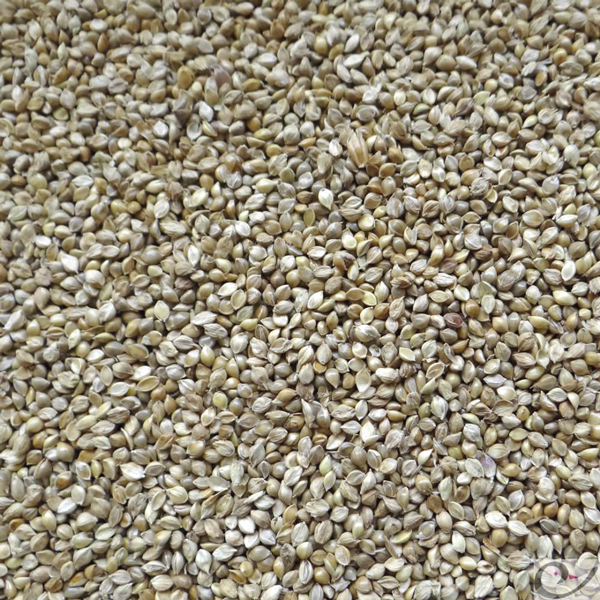
Japanese Millet
It is the white corn richest in protein and therefore enhances the quality of any blend.
Origin: China, Australia.

Yellow Panicum Millet
It is a small-grain white corn, ideal for small exotic birds and breeding blends.
Origin: Australia, Argentina, South Africa.
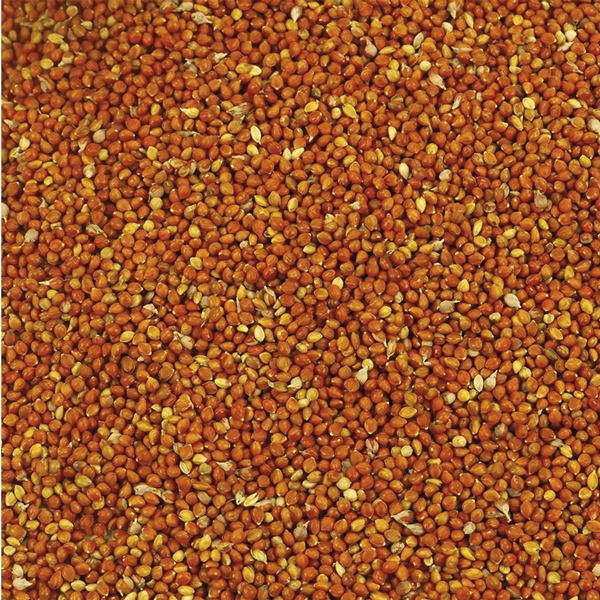
Red Panicum Millet
This is a small-grain white corn, ideal for small exotic birds and breeding mixes.
Origin: Australia, Argentina, South Africa.

Niger Seed
A seed of great nutritional quality, ensuring an excellent calcium/phosphorus balance. It is highly appreciated by birds and cannot be missing in a quality blend. Rich in oils and proteins. Ideal during the breeding and molting period and is a seed used in sprouting mixes.
Origin: Nepal, India, Myanmar.

Turnip
It has a sweet flavor, and its color depends on the location where it is produced. It should be used in moderation since it is rich in protein but also in fat. Like Niger, it is a seed used for sprouting.
Origin: Canada, USA, France, Poland.

Rapeseed
Origin: Belgium, Netherlands, France.
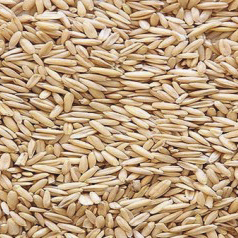
Hulled Oats
Easy food for nestlings. Large quantities can lead to obesity/fatness.
Origin: Belgium, France, England.

Brown/Golden Flaxseed
These are flax seeds. They contain a high content of omega-3, essential for feather formation and improve digestion. Golden flaxseed is a special seed, rich in essential fatty acids Omega-3 and Omega-6, rich in iron, phosphorus, and magnesium, soluble and insoluble fibers – important for intestinal well-being.
Origin: England, Belgium, Canada

White/Red Millet
They belong to the Parakeet Corn family. They are very rich in amino acids. They are used in blends for Large Parakeets, Parrots, and Pigeons.
Origin: France, China, USA, Sudan, Kenya.
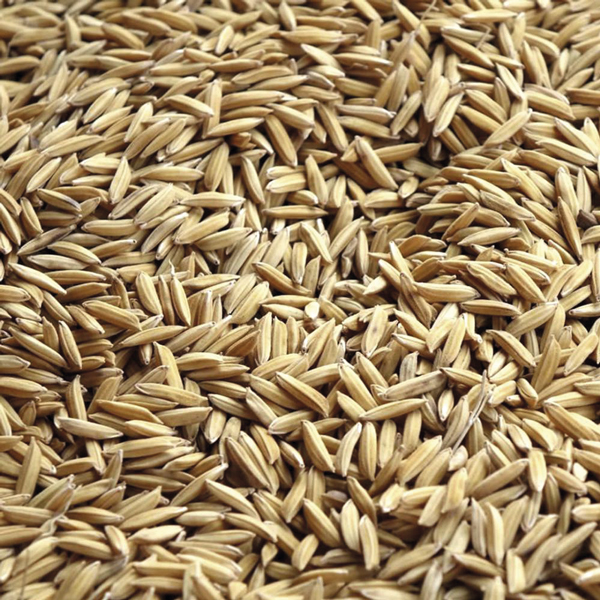
Paddy Rice (Rice with husk)
It has high digestibility. Like sorghum, this seed is also used for blends of larger birds.
Origin: France, Italy, Asia.
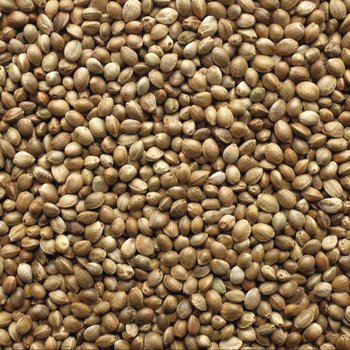
Hemp
This is the seed of the Cannabis plant and is a seed containing the best proteins, stimulates sexual arousal in birds, ideal as a component for the breeding season.
Origin: China, France, Russia, Hungary

Poppy
They are rich in fat and have calming properties, which makes them an essential component in blends intended for birds in exhibition. However, they may inhibit singing.
Origin: Netherlands, Czech Republic.

Striped Sunflower
They are rich in fat and have calming properties, which makes them an essential component in blends intended for birds in exhibition. However, they may inhibit singing.
Origin: Netherlands, Czech Republic.
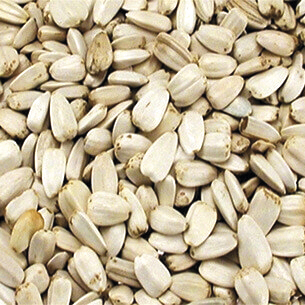
White Sunflower
Rich in protein, ether extract, minerals, and vitamin E. It is the favorite of Parrots.
Origin: Egypt, Kenya

Safflower
Seed, visually similar to Sunflower, but from a completely different family, which is that of thistles. Contributes to the beauty of feathers. Source of energy and fats, important in digestion and used in sprouting mixes.
Origin: China, India, Australia.
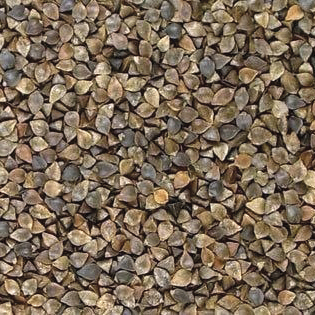
Buckwheat
Special seed for Parrots, Macaws, and other Psittacids, rich in starch and low in fat.
Origin: Argentina, France, Brazil, Poland.

Mung Beans
From the Soy family, rich in proteins and indispensable in sprouting mixes.
Origin: Thailand, China, Myanmar.

White Perilla
A “sweet” seed rich in oils, mainly from the Omega 6 and Omega 3 groups. Promotes a melodious song and lustrous plumage. Aids in feather molting and promotes fertility. Has anti-inflammatory action. The oils in the seed provide shine and elasticity to the feathers, containing substances that rejuvenate, restore health, and also remarkable nutritional capacity.
Origin: Asia.
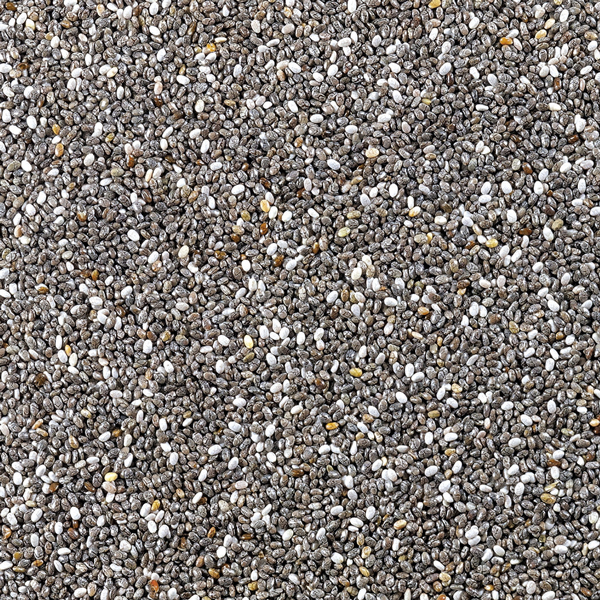
Chia seeds
Also known as chia seeds, or miracle seeds, characterized by being highly nutritious. It is oval in shape (2 mm in length), light brown in color. Origin: Central America.
Origin: Asia.
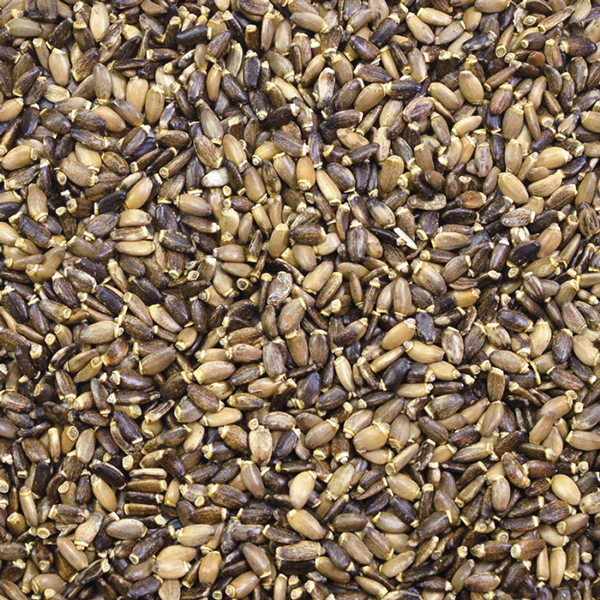
Milk Thistle
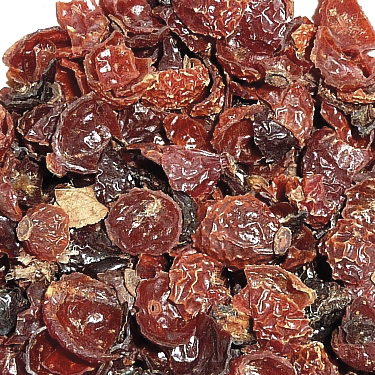
Wild Rose
Sprouting Seeds
Know More
For sprouting seeds, it is necessary to use seeds that require more or less equal time to germinate and whose sprouts are easily consumed by birds. It is best to use ready-to-use mixtures specifically designed to be used as soaked, sprouted, or cooked food.
There are seeds that should be avoided in sprouting mixtures such as: (when soaked, it creates a gum that forms a dirty and sticky mass unsuitable for feeding birds) and Sunflower (very susceptible to fungal growth).
Sprouted seeds are rich in vitamins A, B, and E (fertility vitamin), Calcium, Potassium, Magnesium, and trace elements Iron, Selenium, and Zinc. Soaked, sprouted, or cooked foods are an ideal complement to normal seed mixes.

Sprouts for Canaries

